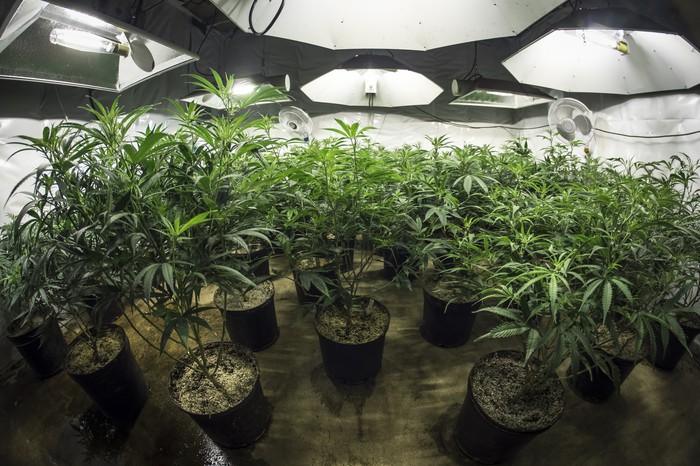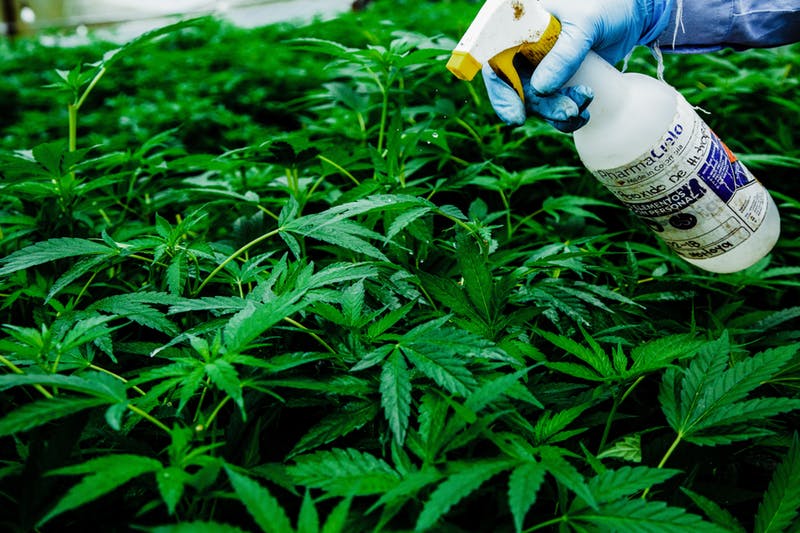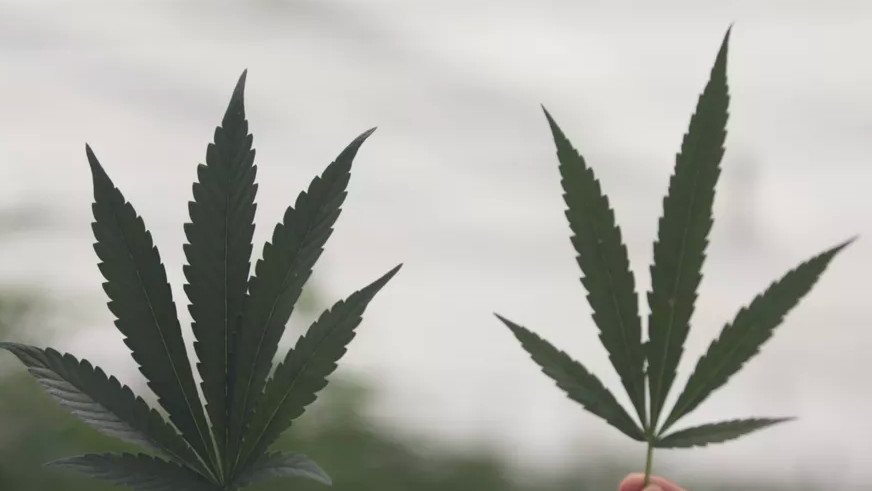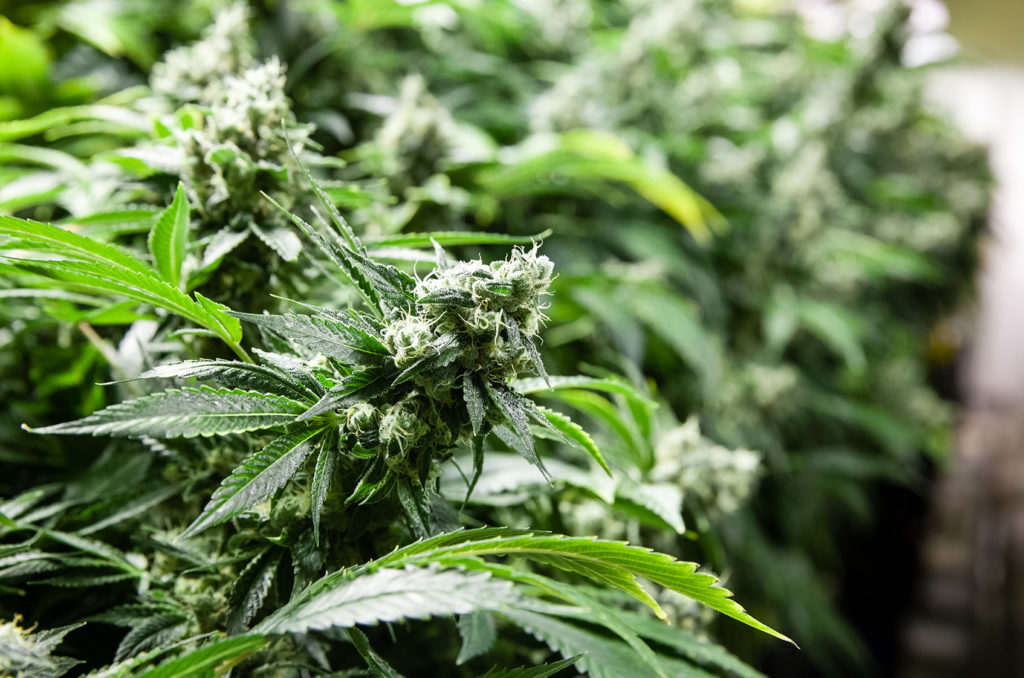Five weeks from today probably represents the greatest milestone in the marijuana industry’s history. Despite such successes as seeing Uruguay become the first country in the world to legalize recreational cannabis, and having California spearhead change in 1996 when it became the first of now 30 states to have legalized medical marijuana, it’s the recreational legalization of weed in Canada that really stands out.
When legal, and the industry is fully ramped up, the adult-use market is expected to add in the neighborhood of $5 billion in annual sales. That’s a lot of money, and it’s expected to make marijuana stocks quite profitable.
But what you might not realize is that these profits might be heading to a relatively small percentage of growers. Even though Health Canada has issued 116 cultivation, sale, or production licenses through the end of August, four pot growers may wind up generating half of all cannabis for domestic markets and via exports.
Aurora Cannabis
The grower projected to lead in the production department is Aurora Cannabis, (NASDAQOTH:ACBFF) which, through organic means, partnerships, and acquisitions, has worked its way to an estimated peak annual potential of 570,000 kilograms of cannabis.
Currently, Aurora Cannabis has two large organic projects, including what had once been its flagship asset, the 800,000-square-foot Aurora Sky facility, and its somewhat recently announced Aurora Sun facility in Medicine Hat, Alberta, that’ll span 1.2 million square feet. Aurora Sky and Aurora Sun are expected to yield around 100,000 kilograms and 150,000 kilograms, respectively, a year.
Partnership-wise, Aurora forged a deal with vegetable grower Alfred Pedersen & Son in Denmark to retrofit a 1-million-square-foot facility that’ll be known as Aurora Nordic. When retrofit to grow cannabis, it’ll be expected to produce 120,000 kilograms per year.
Lastly, there are the acquisitions of Saskatchewan-based CanniMed Therapeutics and Ontario-based MedReleaf for $852 million and $2.5 billion, respectively. MedReleaf had recently completed the acquisition of 164 acres of land in Ontario, part of which contained the Exeter facility that was being retrofit to grow cannabis. The MedReleaf deal boosted Aurora’s peak annual output by 140,000 kilograms.
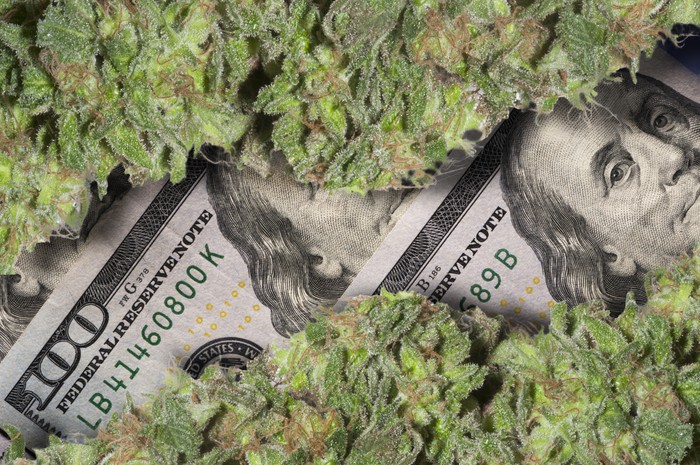
Credit: ww.fool.com
Canopy Growth Corp.
In terms of market cap, there simply is no bigger marijuana stock than Canopy Growth Corp.(NYSE:CGC) — and for its size, perhaps none that’s more secretive on its peak production prospects.
Although management hasn’t been willing to divulge a specific annual production target, Canopy Growth does have 2.4 million square feet of already licensed production capacity in British Columbia. Previous press releases suggest that the company is aiming for 5.6 million square feet in aggregate production space. Assuming industry-average yields, it would not be surprising to see Canopy Growth deliver around 500,000 kilograms of weed per year.
Interestingly enough, capacity expansion is no longer priority one for the company, beyond completing what it’s already started in British Columbia. Following Constellation Brands‘ game-changing investment in Canopy Growth that, if approved, will bolster the largest pot stocks’ cash on hand to north of $4 billion, management is turning its attention to building its overseas infrastructure, as well as marketing and brand building. This isn’t to say acquisitions don’t offer a quick way to boost production, so much as it suggests that the period of rampant capacity expansion for this company is pretty much over.
Aphria
Though there’s a discernible drop-off in production between the top two growers and Aphria(NASDAQOTH:APHQF), Aphria is still in a league of its own with an estimated peak production potential of 255,000 kilograms, when at full capacity. Very similar to Aurora Cannabis, Aphria has mixed in organic growth, strategic partnerships, and acquisitions to get where it is today.
In terms of organic projects, the company’s four-phase, more-than-$100 million Aphria One greenhouse facility is expected to be completed in January 2019. Spanning 1 million square feet, it’ll be responsible for yielding 100,000 kilograms a year. A bit more recently, Aphria also announced the construction of an extraction center that’ll focus on cannabis concentrates. When operational, it should yield 25,000 kilograms of equivalent production per year.
Earlier this year, Aphria also partnered with Double Diamond Farms to retrofit existing vegetable-growing greenhouses for cannabis production. Known as Aphria Diamond, this facility is expected to produce 120,000 kilograms annually when ramped up.
Finally, Aphria’s been buying capacity. Its acquisition of Broken Coast Cannabis in January 2018 adds a grower that, when at full capacity, could generate 10,500 kilograms of weed per year.
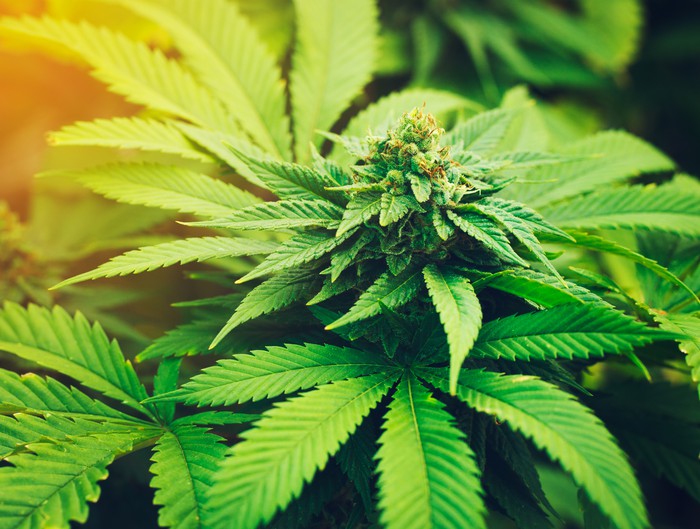
Credit: ww.fool.com
The Green Organic Dutchman
Last, but certainly not least, is one of the year’s biggest initial public offerings, The Green Organic Dutchman (NASDAQOTH:TGODF).
Until roughly mid-June, the expectation was that The Green Organic Dutchman would produce 116,000 kilograms a year when fully operational. This include 102,000 kilograms from its premier Quebec property, as well as 14,000 kilograms annually from Ontario. Then, in mid-June, TGOD, as the company is known in shorthand, announced three capacity expansions in a span of 13 days.
On June 14, it unveiled a strategic partnership with Epican Medicinals in Jamaica to construct a 125,000-square-foot facility that’ll be capable of yielding 14,000 kilograms a year for the Jamaican and international markets. On June 21, it announced its intent to construct a 287,245-square-foot facility that’ll primarily be used for its beverage division. When operational, it could contribute up to 40,000 kilograms of cannabis-equivalent production. Finally, on June 27, TGOD formed a joint venture with Queen Genetics/Knud Jepsen A/S in Denmark to build a 200,000-square-foot facility capable of 25,000 kilograms of production a year.
Add that up and The Green Organic Dutchman is now on track for 195,000 kilograms per year.
A big piece of a growing pie
Combined, assuming these estimates/guestimates prove close to accurate, these four growers are on track to produce in excess of 1.5 million kilograms of weed per year. For context, Health Canada estimates that domestic demand for pot will total only around 1 million kilograms, with some provincial estimates coming in closer to 800,000 kilograms. This suggests that foreign markets where medical marijuana is legal will play a very critical role in gobbling up domestic oversupply from Canada.
However, aggregate production for the entire industry, by my own account, is only expected to be slightly above 3 million kilograms by 2020 or 2021. This implies that the noted four growers could control around half of all production, even with over 100 production licenses issued.
As much as industry enthusiasts might hate to see big business taking over the marijuana landscape, it looks as if we’re already at that point.
Credit: ww.fool.com

